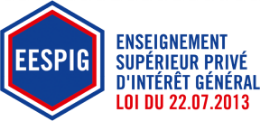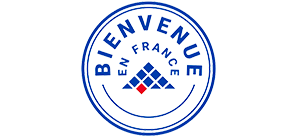Air quality
Research topics in the Air Quality & Depollution (QUAD) and the Mechanical and Environmental Research (MSCE) department
Context and research topics in the air pollution laboratory
Air pollution is a global issue with multiple challenges, particularly in terms of public health, the environment and the economic cost. It is becoming a major environmental and public health concern, as numerous reports confirm (programs, press articles, State action plans on indoor air quality, etc.). In France, the environment Code derived from Law no. 96-1236 on Air and the Rational Use of Energy (LAURE) recognizes the right of all individuals to breath air that is not harmful to their health.
This pollution has several sources. The variety of motorized transport methods we use today contribute. They create a considerable quantity of varied pollutant emissions in the air. These gaseous and particulate pollutants are then displaced by a variety of factors (turbulence, local flow topology, inertia, Brownian motion, weather conditions, etc.). They can accumulate (in vehicle compartments and buildings, etc.) and be inhaled by humans with serious consequences (pulmonary and heart diseases, allergies, inflammation, cancer, etc.). It is vital to invest in a variety of methods to reduce and control the pollution emitted by various means of transport.
The topic of “QUAD” is part of this approach, aiming at providing better knowledge of the dynamic of these pollutants and expertise on the technological solutions used to reduce and control them in the environment.
This research topic deals with the issues of characterizing the pollutants and reducing them in relation to the flow that serves as a vector for their transport. The goal is to reduce the pollutants at source (pollution abatement) and once emitted, to determine their evolution in terms of dispersion, accumulation, deposit and agglomeration.
Three orientations for Air Quality & Depollution (QUAD)
- Characterization of transport pollutants: the goal is to finely characterize the pollutants and their concentrations in transport (in vehicle compartments, on roads, in airport buildings, underground railway stations, etc.).
- Pollution abatement at source: this consists of studying the conditions in which these pollutants are emitted by the source and the solutions, particularly aeraulic or technical to reduce them.
- Study of the spacial-temporal dynamic of micro/nanoparticles (particular pollution) subject to turbulent flows (wake, canyon, etc.) and in particular the influence of turbulence on dispersion, infiltration and accumulation of particles in certain preferred areas of the space and the possible presence of external fields (thermal, electrical, etc.).
Position and Scientific Issues in Air Quality and Depollution (QUAD)
The overall goal is to understand the phenomena at play in order to propose solutions to improve air quality in all transports. This is crucial on a global scale given the challenges in terms of public health (indoor and outdoor air quality) and of economic cost.
The specific position of the QUAD team is to gain a fine knowledge of the interactions between pollutants and the vector flow; the goal is to control this flow (aeraulics) to control pollutant dynamics in order to reduce them.
The scientific issues behind the work of the team can be stated non-exhaustively as follows:
- Control of pollutant emissions at source.
- Use of aeraulics to control pollutant dynamics.
- Identification of infiltration factors of gaseous and particulate pollutants in transport and their accumulation in passenger compartment.
- Identification of human exposure to pollutants.
- Evaluation of the influence of local topology (multi-scale approach) on the accumulation and dispersion of pollutants.
- Influence of external fields (thermal, electrical) on pollutant dynamics.
- Efficiency of passenger compartment filters.













